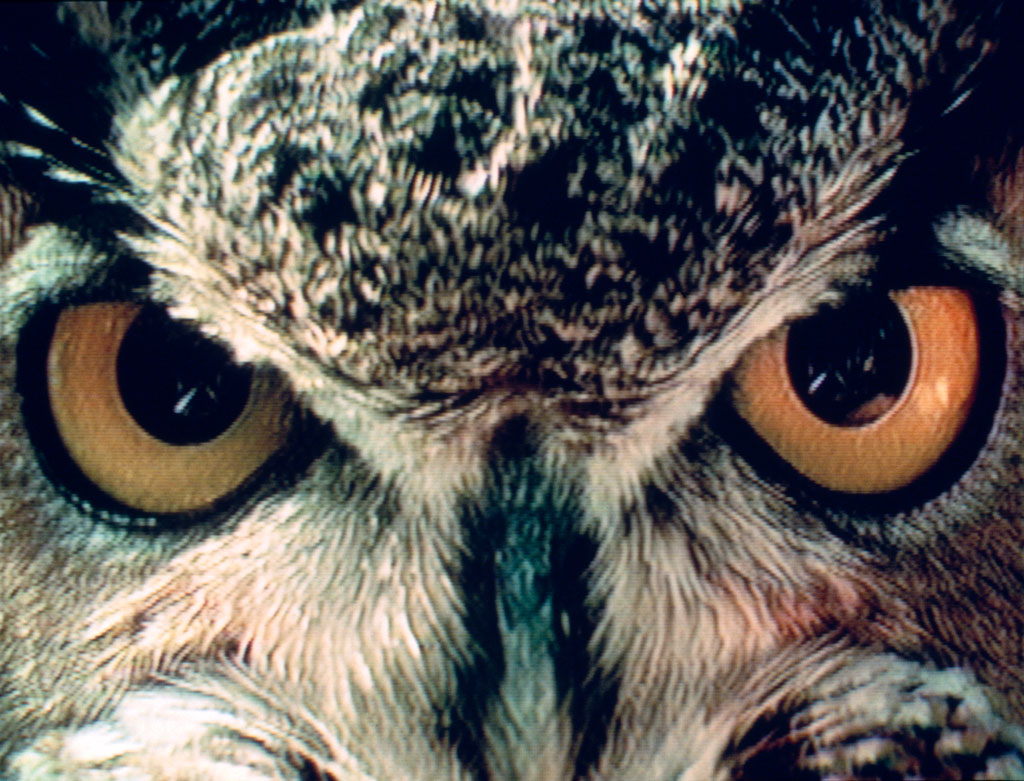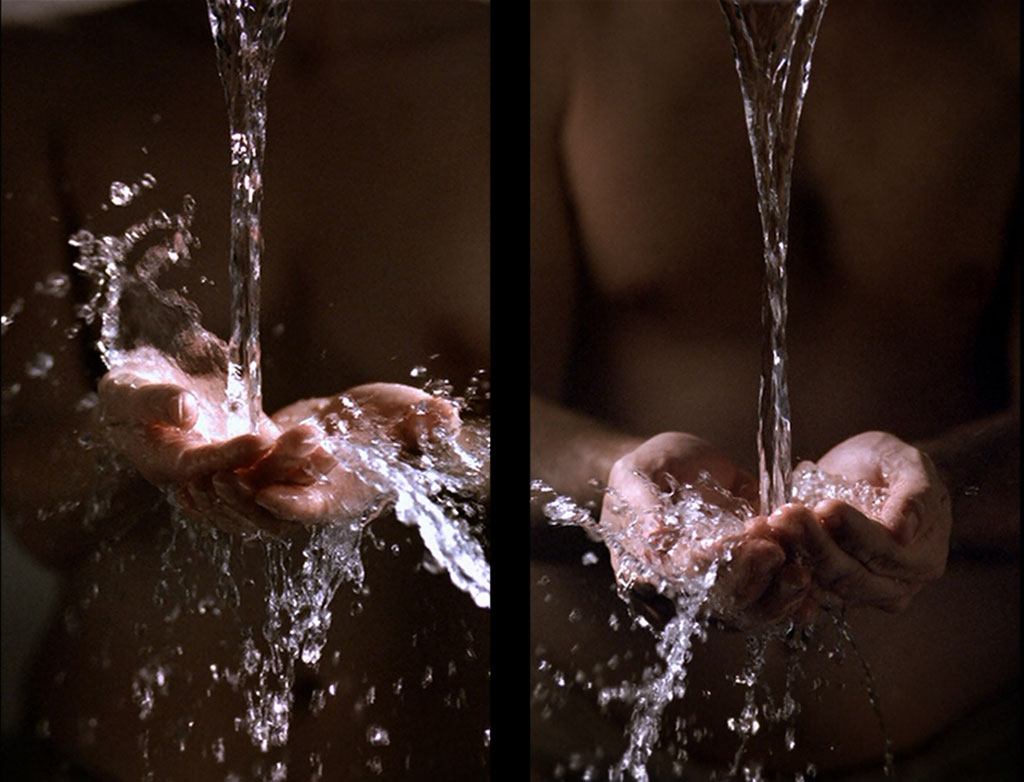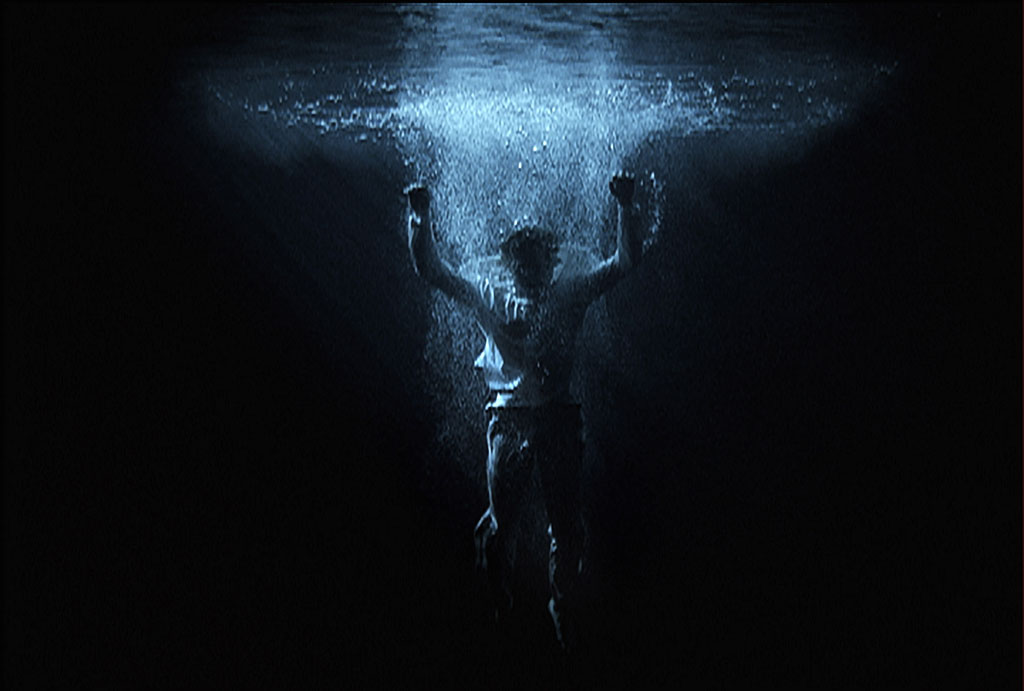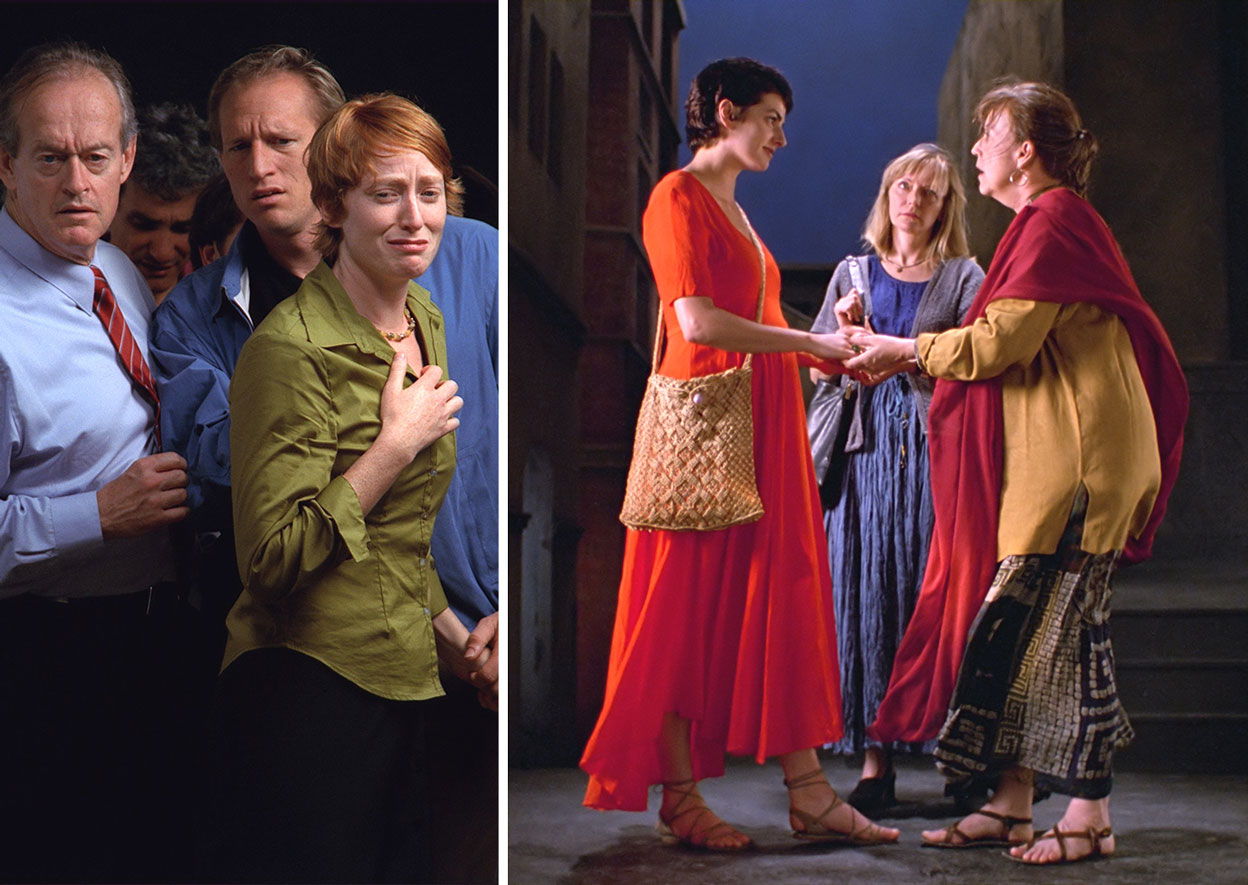ART-PRESENTATION:Bill Viola-I Do Not Know What It Is I Am Like
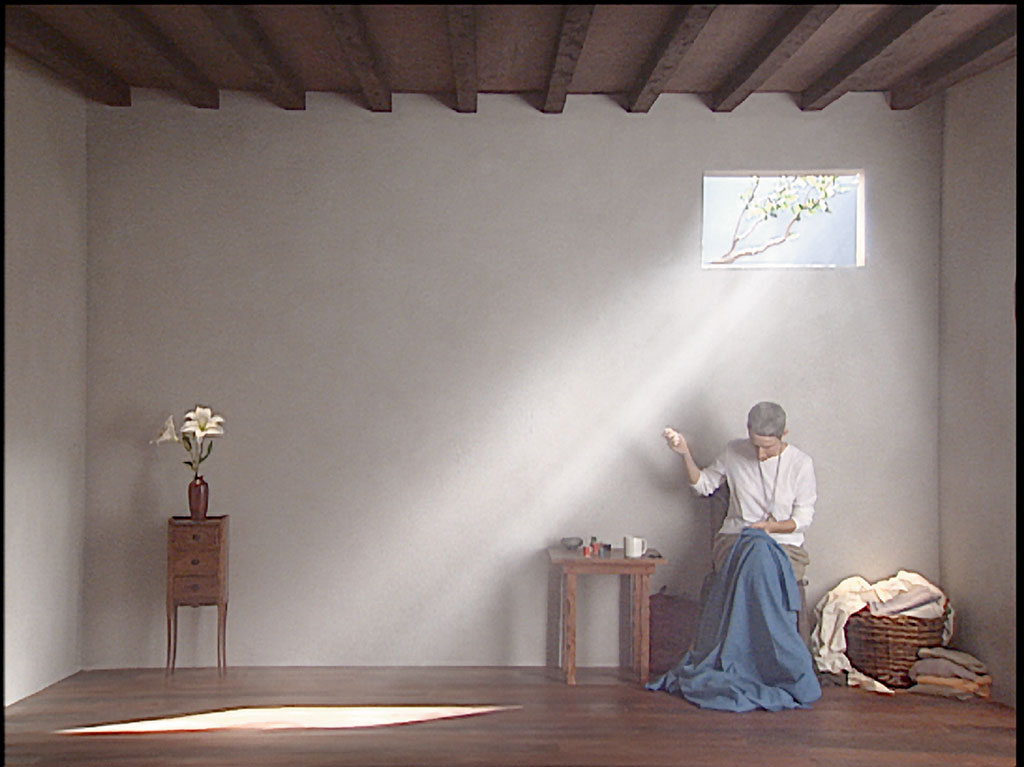 During the 1970s, the American artist Bill Viola was a vanguard leader experimenting with the new medium of video. He paved the way for subsequent generations of media artists and throughout his career has created genre-defying, mind-expanding work that invites meditations on human consciousness, spirituality, and the cycle of life and death.
During the 1970s, the American artist Bill Viola was a vanguard leader experimenting with the new medium of video. He paved the way for subsequent generations of media artists and throughout his career has created genre-defying, mind-expanding work that invites meditations on human consciousness, spirituality, and the cycle of life and death.
By Efi Michalarou
Photo: Barnes Foundation Archive
The exhibition “I Do Not Know What It Is I Am Like: The Art of Bill Viola” brings together a selection of the artist’s major pieces dating from 1976 to 2009, including the rarely seen large-scale installations “He Weeps for You” (1976). is the first exhibition devoted to video art at the Barnes Foundation also it is the first large-scale exhibition of Viola’s work to be presented in Philadelphia. The exhibition draws its title from Viola’s 1986 work “I Do Not Know What It Is I Am Like” an ambitious 89-minute, single-channel video that envisions an epic quest for transcendence and self-knowledge. A touchstone for the exhibition, this work, which Viola describes as a “personal investigation of the inner states and connections to animal consciousness we all carry within” is presented in the Comcast NBCUniversal Auditorium at the Barnes. Seven additional works, including three full-room installations, are on view in the Roberts Gallery. Exhibition highlights include: “He Weeps for You” (1976): Rarely seen and the earliest work on view, this large-scale landmark closed-circuit video installation explores our perception of time, focusing on a single drop of water that contains a reflection of the room and people in it. It repeatedly and slowly forms and then falls, striking an amplified drum. The magnified drop is seen as a large projection in the room. “I Do Not Know What It Is I Am Like” (1986): This single-channel video, with an 89-minute running time, is structured in five parts (Il Corpo Scuro (The Dark Body), The Language of the Birds, The Night of Sense, Stunned by the Drum, and The Living Flame). The title is taken from the Rig-Veda, the Sanskrit spiritual text that defines a procession through birth, consciousness, primordial existence, intuition, knowledge, rational thought, and faith, to arrive at a transcendent reality “beyond the laws of physics”. It envisions a metaphysical journey of rational and intuitive thought, from the natural world to spiritual rituals. Viola’s poetic investigation of subject and object, observing and being observed, and his search for knowledge of the self is encapsulated in an indelible visual metaphor: an image of the artist reflected in the pupil of an owl’s eye. Unfolding in powerful, emblematic images and allegorical passages, Viola articulates a dramatic quest for self-knowledge through an awareness of the Other, embodied here by a shamanistic vision of animal consciousness. “The Greeting” (1995): A celebrated work, which premiered at the Venice Biennale and was inspired by Pontormo’s Mannerist painting Visitation (1528–1529). It is the unfolding of a meeting between three women that depicts in extreme slow motion, every nuance and detail of their emotions and movements. “Pneuma” (1994/2009): In this dreamlike installation, room-size projections create an immersive environment that invites contemplation. “Images alternately emerge and submerge into a field of shimmering visual noise, the ground of all images, and hover at the threshold of recognition and ambiguity” Viola describes. “Ascension” (2000): A signature piece and one of the most dramatic in Viola’s oeuvre, this work shows the transformation of the body as it plunges into water and is transfigured by light. The movement is a compelling expression of rejuvenation in the space between life and death. “Catherine’s Room” (2001): An exquisitely detailed five-channel video, its form is based on the predella in St. Catherine of Siena Praying by the 15th-century painter Andrea di Bartolo Cini. It is a private view into the room of a solitary woman who performs daily rituals from morning until night, seen simultaneously in a series of five screens arranged in a horizontal row. “Observance” (2002): Displayed on a narrow vertical screen, this work portrays an evocative and emotionally charged scene, where people file forward in shared anguish and grief to observe the object of their sorrow. “Ablutions” (2005): A video diptych with a woman and a man on separate screens slowly cleansing their hands in a ritual of purification.
Info: Curator: John G. Hanhardt, Barnes Foundation, 2025 Benjamin Franklin Parkway, Philadelphia, Duration: 30/6-15/9/19, Days & Hours: Wed-Mon 11:00-17:00, www.barnesfoundation.org
